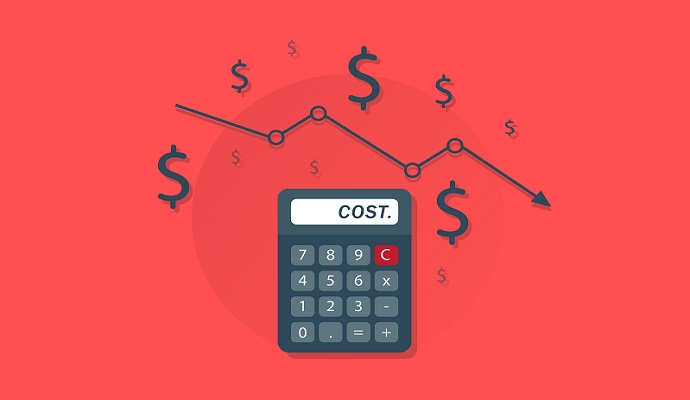COVID-19 Increases Rural Hospital Closure Risk, Care Access Concern
The risk of rural hospital closures has been on the upswing since COVID-19, drawing concern for care access and community health across the nation.

Source: Getty Images
- The risk of rural hospital closures has increased significantly since the onset of COVID-19, drawing concern for care access and community health, according to a Center for Healthcare Quality and Payment Reform (CHQPR) report.
Before COVID-19, over 500 rural hospitals—more than one-quarter of the rural hospitals in the country—were at immediate risk of closure due to continued financial losses and lack of financial reserves. Almost every state had at least one rural hospital at immediate risk of closure before COVID-19. In 22 states, the stakes were significantly higher, with one in four rural hospitals at immediate risk.
Since the onset of COVID-19, 300 more rural hospitals are at risk of closure. In total, that means 800 rural hospitals, or 40 percent of all rural hospitals in the country, are at immediate risk or high risk of closure.
Now, instead of most states having at least one rural hospital at immediate risk of closure, almost all states have 20 percent or more of their rural hospitals at risk of closing. Additionally, the majority of institutions are at risk of closing in 14 states, including Alabama, Hawaii, Arkansas, Mississippi, Kansas, and New York.
Almost all of the rural hospitals that are at risk of closure are located in isolated rural communities. This could take a drastic toll on community health, as residents would have to travel far distances to receive emergency or inpatient care.
What’s more, the hospital is often the only or principal source of primary care in small, rural communities. Many times it also serves as the only place where residents can get laboratory tests or imaging studies. Therefore, these rural hospital closures would affect care access for millions of people across the country, the report authors wrote.
Prior to COVID-19, at-risk hospitals had a cumulative negative total margin over the most recent three-year period for which financial data were available. Additionally, the hospitals either had liabilities exceeding all assets other than buildings and equipment, or they had assets greater than their liabilities, but only enough to sustain continued losses for two years at most.
Because of COVID-19, margins at many hospitals may be worse in 2020 because of higher healthcare costs and reduced revenues stemming from fewer non-emergency services. Hospitals that became at risk for closure after COVID-19 typically saw low financial reserves or high dependence on non-patient service revenues.
The former refers to hospitals with greater assets than liabilities, but only enough to cover the hospital’s average annual losses for five years at the most.
The second group of hospitals have maintained positive total margins simply because they receive significant funding from local taxes, state subsidies, or other sources. These hospitals either have liabilities in excess of assets, or their net assets would not suffice to offset patient service losses for more than two years.
It is not guaranteed that these hospitals will continue receiving large amounts of funding in the future, so they must be considered at high risk of closure, according to the report writers.
About 81 percent of rural hospitals at-risk of closing are considered highly essential to their communities, based on service to vulnerable populations, geographic isolation, economic impact, and social vulnerability index, according to a 2020 Guidehouse analysis.
Southern and Midwestern states would be affected by rural hospital closures the most, according to the analysis. States with the most at-risk rural hospitals included Alabama, Kansas, Tennessee, Oklahoma, and Mississippi. In some of these states, 100 percent of the at-risk rural institutions are considered essential.
